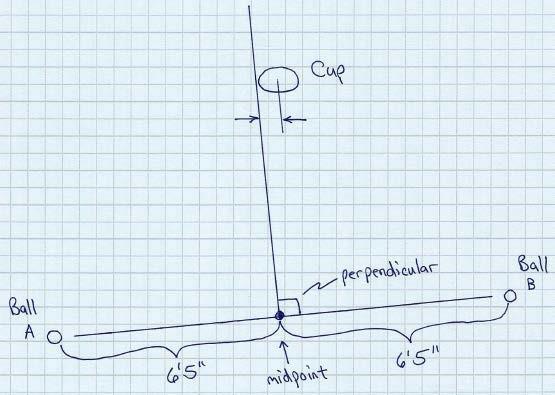Golf Swing and the Role of Geometry and Kinematics
Understanding the complex interplay of geometry and kinematics is essential for mastering the art of the golf swing. Golf, often described as a game of inches, demands precision and consistency in every shot. A golfer’s ability to strike the ball accurately and with power hinges on their understanding and application of geometric principles and the dynamics of movement.
When a golfer addresses the ball, the position of the body in relation to the ball and the target is crucial. The golfer’s stance, alignment, and posture form the foundation of the swing. These elements are directly influenced by geometric principles such as angles, distance, and alignment. By ensuring the correct angles between the body, arms, and club, a player can optimize their power and accuracy.
The golf swing itself involves a complex series of movements that are governed by kinematics, the study of motion without considering the forces that cause it. The coordination of body segments and joints during the swing is essential for generating clubhead speed and transferring energy to the ball. Understanding the principles of kinematics allows golfers to optimize their swing mechanics and produce a more efficient and powerful stroke.
One key aspect of kinematics in the golf swing is the concept of rotational motion. As the golfer rotates their body around a fixed axis, such as the spine, they create torque that is transferred to the club. The speed and sequencing of these rotational movements directly impact the club’s speed and the quality of the strike. By analyzing the kinematics of the swing, golfers can identify inefficiencies and work to improve their mechanics for better performance.
Another crucial element influenced by geometry and kinematics is the impact between the clubface and the ball. The angle of attack, clubface orientation, and speed at impact all play a significant role in determining the ball’s trajectory and spin. By understanding how these factors interact, golfers can make adjustments to achieve the desired ball flight and distance.
Furthermore, the study of biomechanics, which combines elements of geometry and kinematics with the study of forces, helps golfers optimize their swing efficiency and prevent injuries. By analyzing the forces acting on the body during the swing, golfers can identify areas of weakness or excessive strain and make adjustments to reduce the risk of injury while improving performance.
In conclusion, mastering the art of the golf swing requires a deep understanding of geometry and kinematics. By applying these principles to their swing mechanics, golfers can enhance their precision, power, and consistency on the course. Whether analyzing body position, club movement, or impact dynamics, geometry and kinematics provide valuable insights into the complex interplay of forces and movements that define the golf swing. Through dedicated practice and a thoughtful application of these principles, golfers can unlock their full potential and elevate their game to new heights.

